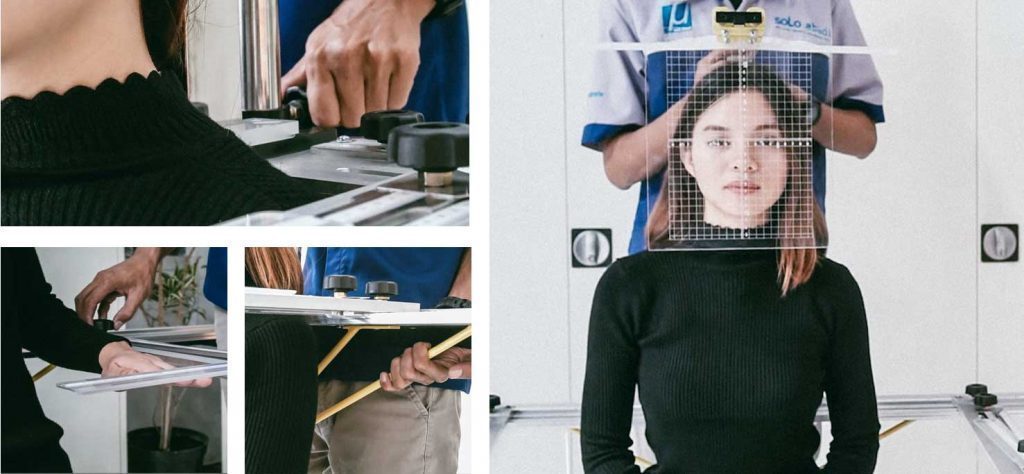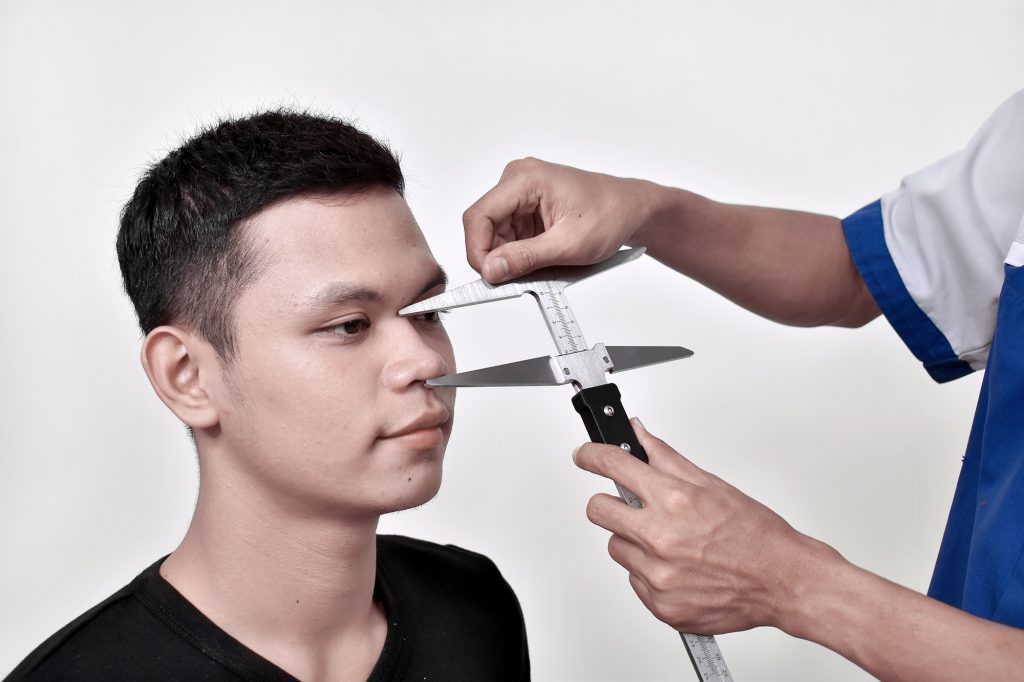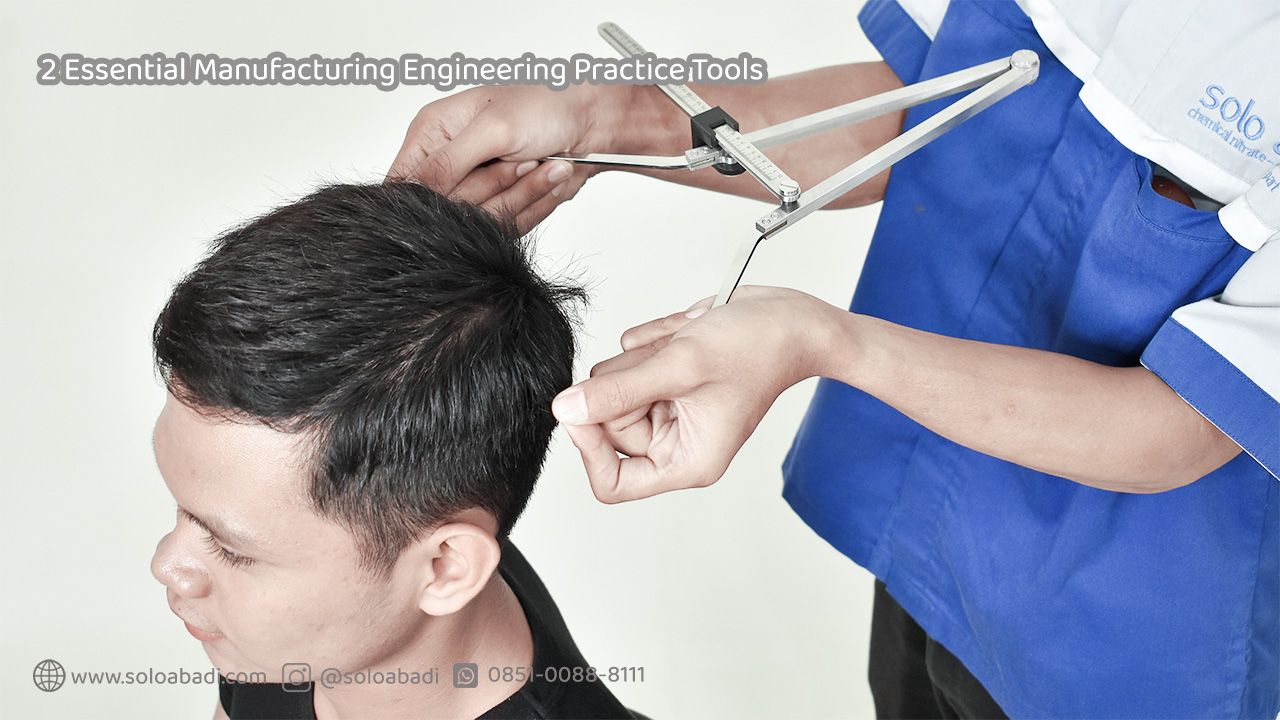Manufacturing Engineering is a program that focuses on manufacturing production processes. Therefore, analyzing the relationship between machines, humans, and products is within its area of expertise. This program of study intersects with Industrial Engineering, requiring Manufacturing Engineering programs to also understand the concept of ergonomics, much like Industrial Engineering. Here are two essential practice tools for the Manufacturing Engineering program.
What is Manufacturing Engineering ?
Manufacturing Engineering or Production and Manufacturing Process Engineering is a program that studies product design, production process design, and production management. Therefore, this field of study includes stages that mutually influence the comfort of humans, machines, and products. As a result, many human-centric approaches are required to understand the cause and effect relationship among these three elements.
The goal of Manufacturing Engineering is to understand manufacturing principles, production processes, design efficient and ergonomic manufacturing processes, and create high-quality products.
We can see that the entire process is focused on how humans make the entire process ‘comfortable’ for themselves. This is why Manufacturing Engineering needs to understand the concept of ergonomics.
The Importance of Ergonomic in Manufacturing
The overall effectiveness of an effective manufacturing process is typically determined through an OEE (Overall Equipment Effectiveness) system dashboard. OEE is a system designed to assess the entire process, commonly used to evaluate production floors and their management. Therefore, Production and Manufacturing Process Engineering needs to understand various factors that impact human ergonomics, namely Safety, Comfort, and Security.
Considering this phenomenon, it can be concluded that there is a need for an approach to gather data about human body dimensions so that everything can be tailored to human performance. Therefore, it is necessary for Production and Manufacturing Process Engineering to study anthropometrics and ergonomics.
What is Ergonomic ?
Ergonomics in the context of manufacturing engineering is the study of workplace design and organization that aims to enhance the comfort, productivity, and safety of workers. Its goal is to minimize physical and mental stress on workers while optimizing efficiency in the manufacturing process. Ergonomics encompasses various aspects, including equipment design, factory layout, tools, and job tasks to align with human capabilities and limitations.
Some ergonomic principles include :
- Equipment Design : Equipment and machines should be designed to fit the size and physical capabilities of workers.
- Plant Layout: Designed to reduce unnecessary travel, optimize workflow, and ensure easy access to materials and equipment.
- Tools and Instructions : Tools such as ergonomic aids and clear work instructions can assist workers in performing their tasks more efficiently and reduce the risk of injuries.
- Safety : Ergonomics also relates to worker safety. Good design can reduce the risk of injuries such as back injuries, repetitive strain injuries, and workplace accidents.
- Education and Training : It is important to educate workers about ergonomic principles and how to avoid injuries from heavy physical tasks.
Manufacturing Engineering Needs This Tool to Design a Good Manufacturing Process.
Good manufacturing planning is based on how humans can optimize their performance and minimize labor. As explained above, it requires tools for measuring human body dimensions to create manufacturing that includes anthropometric measurement tools such as Portable Anthropometry and Anthropometric Chairs. Both can measure human body dimensions in sitting and standing positions, including facial dimensions.
1. Anthropometric Chair


It is the world’s first anthropometric chair. With high-quality specifications, the Anthropometric Chair has undergone a calibration process to verify the anthropometric data it produces. Moreover, the Anthropometric Chair is capable of measuring up to 34 human body dimensions.
Find Anthropometric Chair Here
2. Portable Anthropometry
Portable Anthropometry is an anthropometric measurement tool capable of measuring up to 100 human body dimensions. Unlike the Anthropometric Chair, Portable Anthropometry can be used anywhere due to its portable design.
Find Portable Anthropometry Here

Both of these tools have been used in various institutions, both domestically and internationally. These institutions focus on various scientific fields, including education, government agencies, the military, architecture, and even forensic science.
For further information regarding these instruments please contact us through email at admin@soloabadi.com and WhatsApp on 08510888111.


